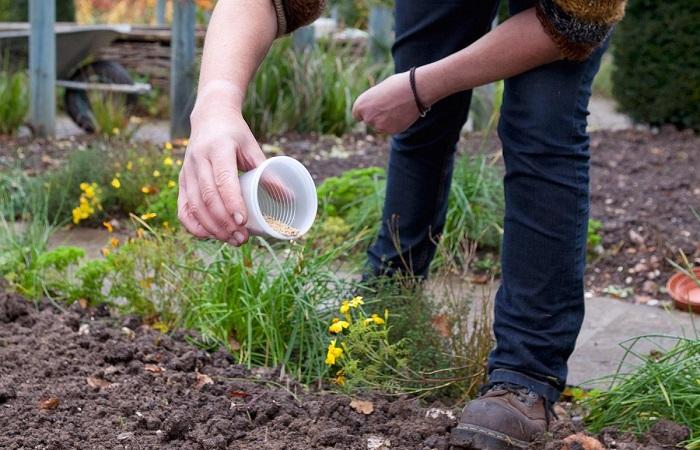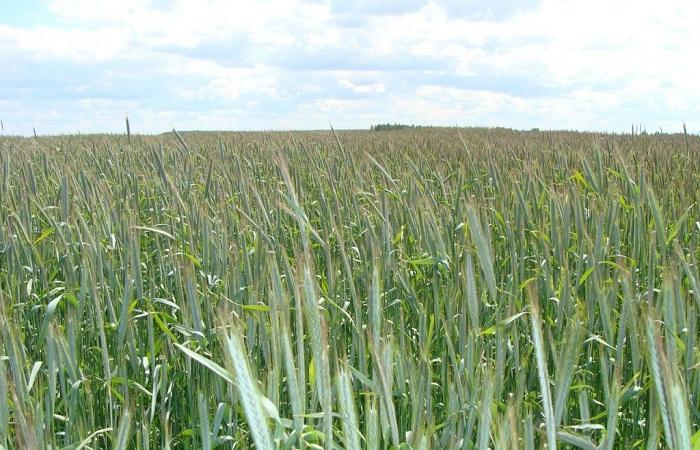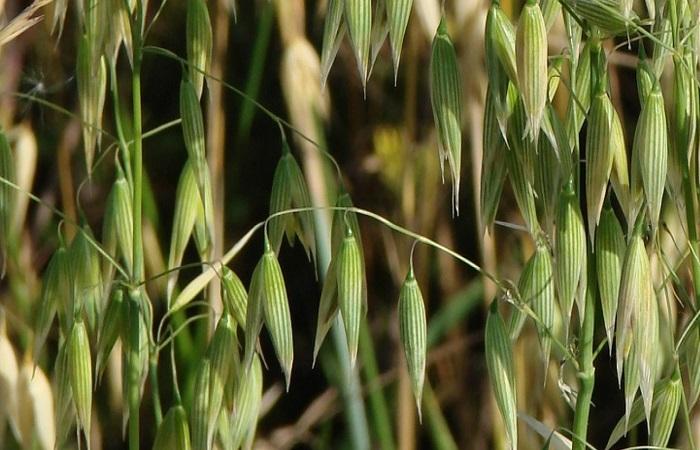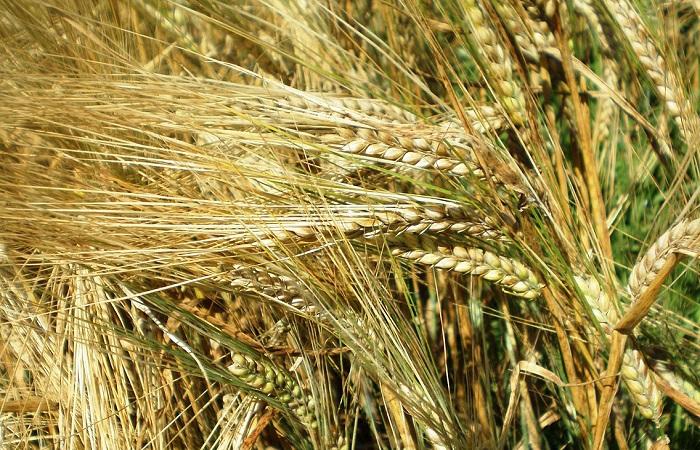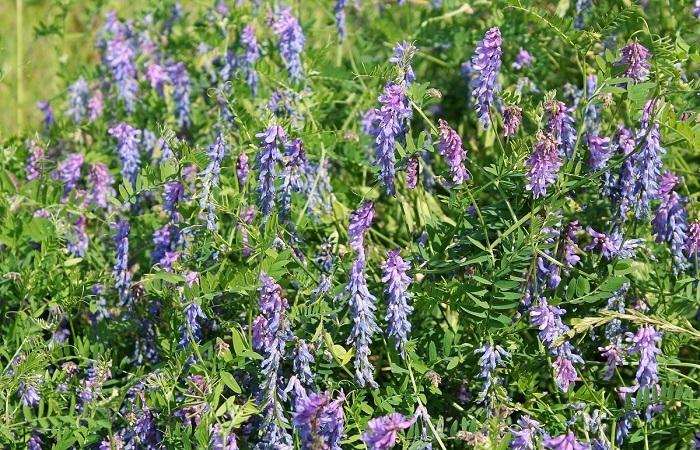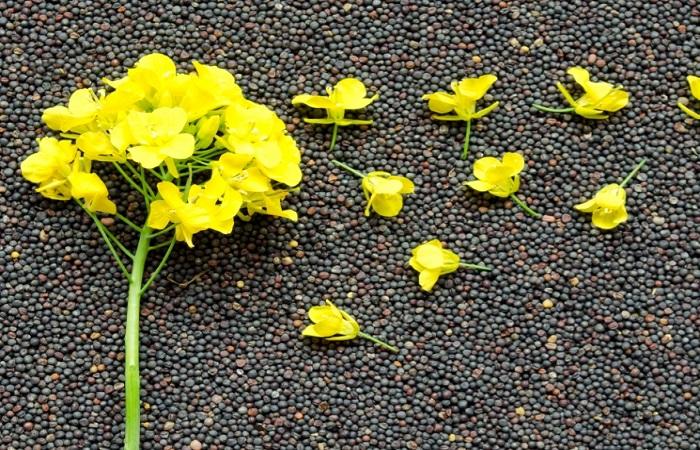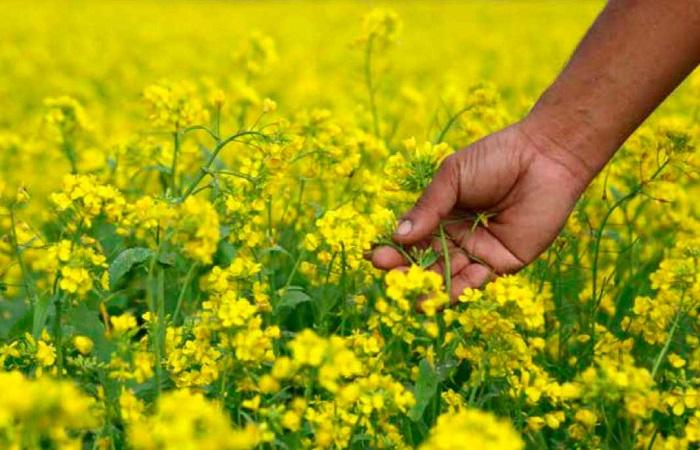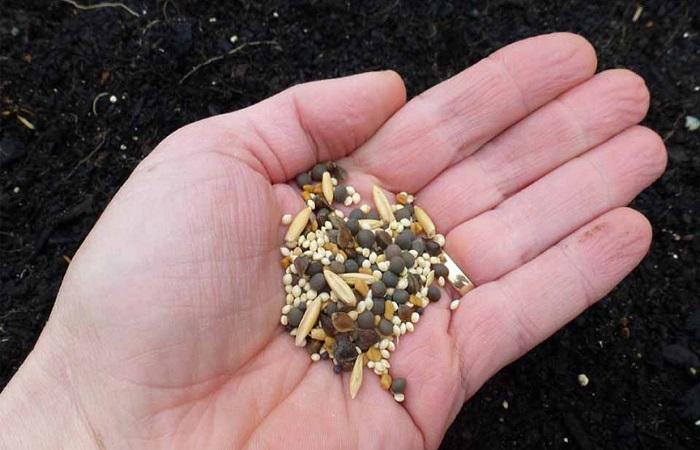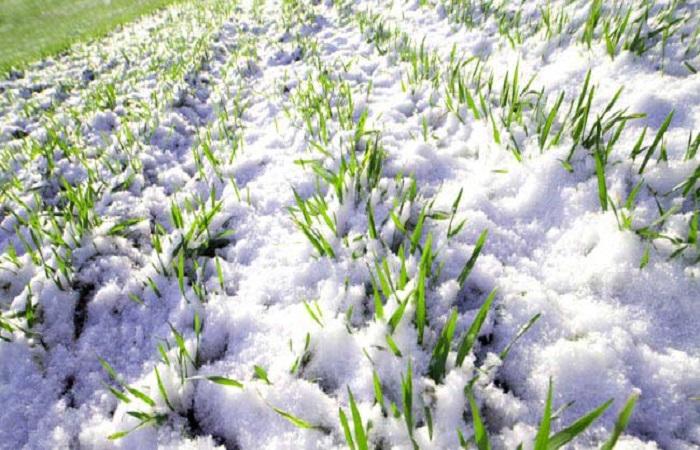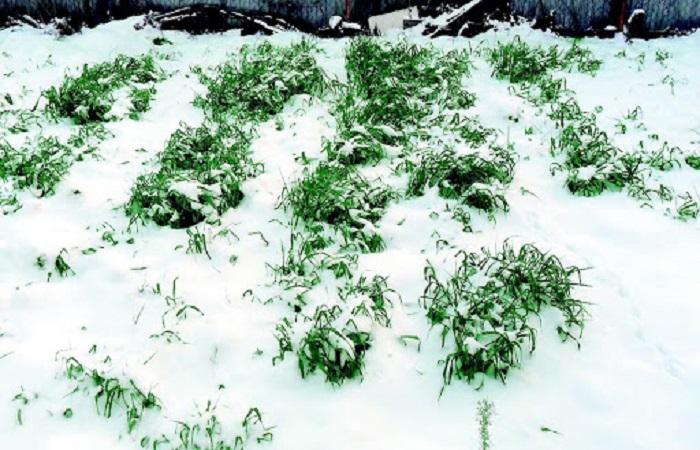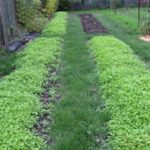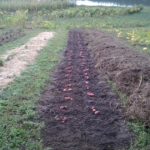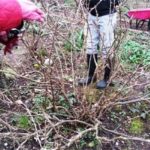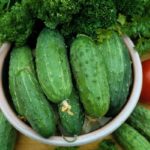Obtaining a good harvest is achieved by using many agrotechnical techniques. Planting green manure is one of them. Plants have an excellent effect on the soil and serve as a good organic fertilizer. Let's consider what green manures are sown for the garden in the fall, what they are needed for, what sowing dates must be observed, planting and care rules, what to do with green manure before winter.
Why are autumn green manures needed?
The use of green manure provides the following advantages:
- plants structure the soil, restore it, roots strengthen and loosen the soil, its moisture and air permeability improves;
- enrich the soil with mineral elements;
- inhibit weeds, prevent seeds from germinating, thereby protecting crops from weeds;
- they are cold-resistant, so they can be sown both in spring and autumn and left until winter;
- increase the volume of the humus layer, therefore one of the purposes of green manure is to improve soil fertility;
- create conditions for the activation and reproduction of beneficial soil microflora and worms;
- mowed green manure left on the soil acts as compost and mulch, protecting the surface of the earth from drying out, weathering, and erosion;
- reduce soil acidity and normalize it;
- facilitate soil care and reduce the number of diggings.
Green manure is usually incorporated into the soil, where it replaces organic and mineral fertilizers, allowing them to be reduced, and sometimes even eliminated altogether. Plants create comfortable conditions for the development of any crop that will be planted after them.
Popular types
Most green manures belong to the legume, cereal and cruciferous families. Species from other families are also used, for example, phacelia, buckwheat, amaranth and others. They are characterized by rapid growth, resistance to adverse weather and diseases. They are unpretentious and require almost no maintenance.
Rye
In autumn it is necessary to sow winter rye. Mycorrhizal fungi multiply on the roots of winter rye, which convert the phosphorus contained in the soil into an accessible form. Seeds germinate and develop even in cold soil; the crop is undemanding to fertility and soil type; it grows well even in not very nutritious soil, slightly acidic or saline.
Rye loosens and softens clay soils, strengthens sandy soils, and clears weed-filled areas, suppressing weeds. The plants have powerful roots that penetrate more than a meter deep into the soil, so they can withstand drought well. It is recommended to sow rye even after harvesting the root crops; it will have time to grow before frost.
Oats
The crop enriches the soil with potassium and phosphorus; if you sow oats on a plot for at least 2 seasons in a row, you can significantly improve its fertility. The grass is undemanding to care and grows in any type of soil: sandy, clayey, peat bogs. Plant roots loosen compacted soil, which improves its moisture and air capacity and inhibits pathogens of root rot, bacteria and fungi.
Oat seeds have good and uniform germination and suppress weeds. After digging, seeded oats become a good fertilizer and partially replace the application of synthetic fertilizers.
Barley
If you plant barley in the fall, you can get the result in the form of structuring of the soil, it becomes softer, loosens, does not compact so quickly, and is better saturated with moisture and air. Barley can be grown in areas located on a slope, subject to erosion and weathering. It perfectly strengthens the soil.
Densely growing plants do not allow weeds to germinate; substances secreted by the roots suppress pathogenic microflora, thereby disinfecting the soil. There are also fewer pests, such as nematodes, aphids, and leafhoppers.
Rotted barley nourishes the soil in the same way as applied manure, increases productivity, quality of fruits, their sugar content, starchy content, percentage of dry matter, amount of protein and organic acids increase.
Vika
This is a leguminous plant that accumulates nitrogen in the root nodules, so it must be sown before those crops that need this element. Plant roots loosen the soil and facilitate the passage of oxygen. The green mass can be used as animal feed, and the flowers attract bees and other pollinators.
While vetch grows in the beds, they are not overgrown with weeds, and infections and pests do not develop in the soil. Winter vetch protects the soil from excessive freezing. The crop sown after it can increase the yield by a third.
Rape
Plants have developed roots that penetrate deep into the soil, pulling nutrients from the lower layers, which, after rotting of the green mass, serve as food for the crop then planted in this place. Rapeseed grows quickly, develops a powerful above-ground part, and prevents weeds from germinating. The roots of the plant strengthen the earth, protect it from weathering, erosion by rain, and retain snow, preventing the earth from freezing in frosts.
Mustard
Mustard has the same advantages as many other green manures. It loosens the soil, makes it softer, more airy, protects it from erosion and weathering, and strengthens it. Substances released by the roots disinfect the soil and at the same time stimulate the growth of beneficial soil bacteria. The green mass contains essential oils that repel harmful insects. Mustard, sown as green manure, fights weeds on the site, which can sprout even in the fall.
Sowing dates
It all depends on whether you plan to mow the green manure and plow the mass into the ground or leave the plants for the winter. In the first case, before frost, they must grow enough to build up a green mass sufficient for embedding in the ground.In the second case, the plants must sprout, but not grow higher than 5-10 cm, so as not to freeze in winter.
In the Moscow region, green manure can be planted in the first half of September, in Siberia - at least 2 weeks earlier.
Basic landing rules
Before planting the seeds of any green manure, you need to prepare the ground: remove dry residues and roots of the previous crop from the beds, dig up the ground. If the soil is depleted after growing a crop, add mineral fertilizers or organic matter to the soil. After applying fertilizer, level the soil with a rake.
Dig grooves with an average depth of 5 cm, at a distance of 7-10 cm from each other. Sow seeds in them so that there are 1.5-2 kg of seeds per hundred square meters (depending on the crop). If the main goal of sowing green manure is to reduce the number of weeds, then you need to sow in bulk and thicker than usual. Plant in moderately moist soil; if it is dry, you need to water the beds before or after sowing.
What to do with greens before winter
There are two options for what to do with the grown green mass - leave it before winter or cut it and embed it in the soil. It is necessary to leave it before winter if snow retention is necessary; the best option for winter green manure is winter cereals.
If plants are grown for fertilizer, then they need to be mowed, but not left on the surface, but buried in the ground. The mass left lying on the beds will not have time to rot before frost and will freeze. You need to dig up immediately after mowing.The mowed mass will retain the maximum amount of nutrients; decomposition will not be interrupted by the onset of frost, but will slowly occur in the soil. By spring, the mass will completely rot, and as the weather warms up, it will be possible to sow seeds or plant early crops. There will be no need to wait until last year's green manure completely rots.
The time for mowing comes when the plants reach a height of 15-20 cm. Winter cereals that remain overwinter should be in the tillering stage before the onset of frost. At this age, they are just developed enough to not freeze out in winter.
You need to mow with a flat cutter or walk-behind tractor. If a flat cutter is used, you should then dig up the mass with a shovel, trying to distribute it evenly in the soil.
Autumn sowing and growing green manure on the site will bring many benefits. They are sown to solve several issues - improving and restoring the soil, enriching it with nutrients. For your personal plot, you can choose green manure from any family. The main thing is that it does not belong to the same family as the crop previously grown on the site. This is a precaution to prevent the spread of common crop diseases.
The use of green manure growing technology makes it possible to reduce the cost of purchasing fertilizers and protective equipment, and facilitate plant care by reducing the number of weedings and loosening.The volumes of collected fruits and root crops will increase, because green manure is also an excellent green fertilizer, unlike mineral mixtures, it does not harm the soil.

